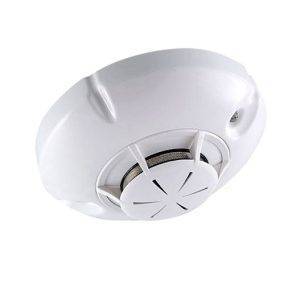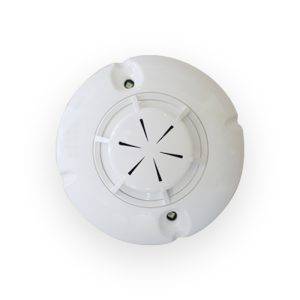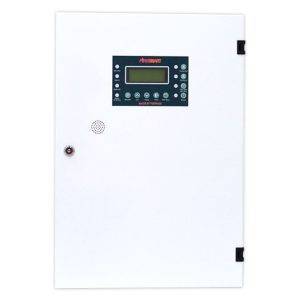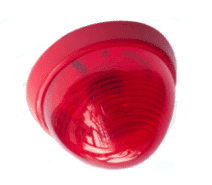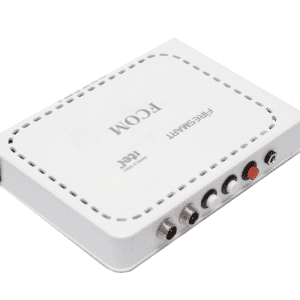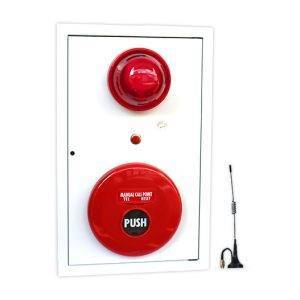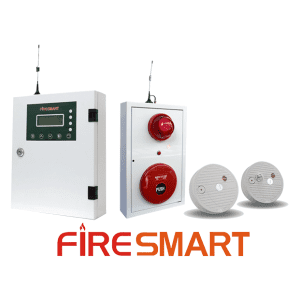Welcome to FireSmart – Pioneering Wireless Fire Safety Solutions
Since 2012, FireSmart, based in the heart of Vietnam, has been at the forefront of innovating wireless fire alarm solutions. Our commitment to safety and technology is embodied in our product line, meticulously designed to meet the rigorous EN 54 and NFPA 72 international standards.
Explore our comprehensive range of wireless fire safety devices:
- Wireless Smoke Detectors: Quick to detect, easy to install.
- Combined Smoke – Heat Detectors: Reliable and efficient in diverse environments.
- Wireless Fire Alarm Control Panels: Centralized control, simplified management.
- Wireless Manual Call Points: Ensuring immediate response.
- Wireless Monitoring Modules: Constant vigilance, peace of mind.
What sets FireSmart apart is our revolutionary MESH-network structure combined with energy-saving technology. This synergy ensures our devices operate seamlessly for years, minimizing maintenance needs. Notably, our standalone smoke detectors boast a remarkable 12-year lifespan without the need for battery replacement, while our wireless addressable smoke detectors signal for battery replacement only after 3 years of service.
Choose FireSmart for safeguarding your small to medium-sized buildings with cutting-edge, reliable, and long-lasting fire safety solutions.
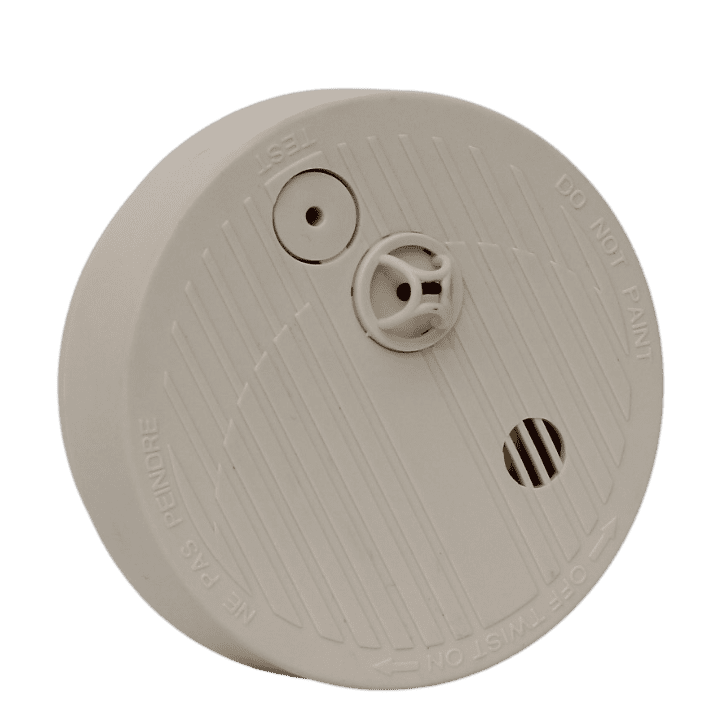
Combined smoke and heat detector
Why wireless fire alarm?
Choosing a wireless fire alarm system over a wired one offers several advantages, particularly in certain contexts and environments. Here are some key reasons why people might prefer wireless systems:
- Ease of Installation: Wireless systems are generally easier and quicker to install compared to wired systems. There’s no need for extensive drilling or cable running through walls and ceilings, which makes them ideal for buildings where such disruption is undesirable, like historical buildings or operational businesses.
- Flexibility and Scalability: Wireless systems offer greater flexibility in terms of placement and expansion. You can easily add, remove, or relocate detectors and devices without worrying about wiring constraints. This makes them suitable for growing businesses or buildings that undergo frequent layout changes.
- Cost-Effectiveness in Retrofitting: In existing buildings, especially those not pre-wired for alarm systems, installing a wired system can be prohibitively expensive and intrusive. Wireless systems can be a more cost-effective and less disruptive option.
- Aesthetic Considerations: Wireless systems eliminate the need for visible wiring, which can be an important consideration in aesthetically sensitive environments like luxury homes, boutique hotels, or galleries.
- Reliability in Certain Environments: Modern wireless fire alarm systems are highly reliable. They often feature mesh network technology, which allows devices to communicate through multiple paths, thereby increasing the system’s overall reliability and reducing the risk of signal obstruction.
- Battery Life and Maintenance: Advances in technology mean that wireless devices now have longer battery lives. Some can operate for several years before needing a battery change, reducing ongoing maintenance requirements.
- Integration with Smart Technologies: Wireless systems often integrate more seamlessly with other smart building technologies, allowing for more sophisticated monitoring and control, and enabling remote access and alerts.


 Tiếng Việt
Tiếng Việt

